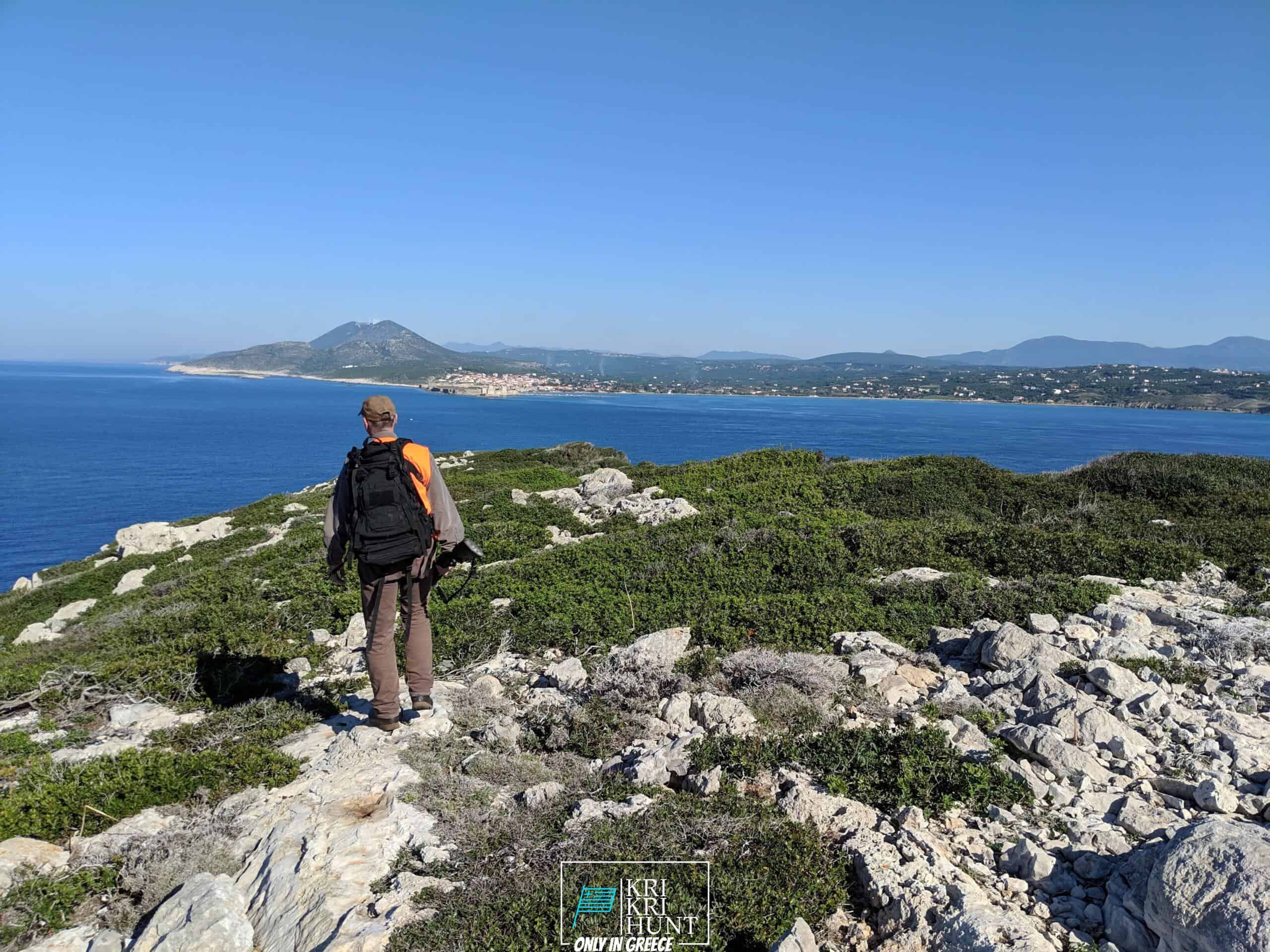Reserve currently as well as hunt a Kri-kri ibex in Greece
Reserve currently as well as hunt a Kri-kri ibex in Greece
Blog Article

To many individuals, The Peloponnese peninsula on the Greek Mainland is the 'genuine' Greece, where things have actually not changed a lot at all over the centuries despite the fact that lots of people have actually discovered it. This is a location where you might conveniently spend a month or even more but if you are short in a timely manner then our hunting and touring Peloponnese Tours from Methoni is a fantastic service. The Peloponnese peninsula has something for everybody with its various tasks and attractions.

Searching kri kri ibex in Greece is a challenging task, along with searching in general. It is challenging for non-Greek hunters to quest large video game in Greece. The kri kri ibex is the only choice for local seekers besides swines and also roe deer, which might just be pursued in carefully guarded special searching areas such as certain islands. Two separate islands about 150 kilometers/ Atalanty/ and 300 kilometers/ Sapientza/ from Athens offer the possibility to search this spectacular creature. There, hunting this creature is prohibited from morning till noon, as per Greek legislation. Only shotguns are allowed, as well as slugs are the only ammo allowed. You must schedule a year beforehand for hunting licenses. This makes sure that severe hunters just are enabled on these journeys. Just the Greek Ministry of Nature as well as Agriculture concerns the licenses, and also the federal government concerns a specific variety of them every year.
Our outside hunting, fishing, and also cost-free diving excursions are the best means to see everything that Peloponnese has to provide. These trips are created for travelers who intend to get off the beaten path as well as actually experience all that this incredible area needs to offer. You'll get to go hunting in a few of the most attractive wilderness areas in Greece, fish in crystal-clear waters for a selection of various varieties, and complimentary dive in several of the most magnificent coastline in the Mediterranean. And also best of all, our seasoned guides will be there with you every step of the method to see to it that you have a safe and pleasurable experience.
If you're seeking a genuine Greek experience, then look no more than our outdoor hunting in Greece with fishing, and free diving trips of Peloponnese. This is a remarkable method to see every little thing that this outstanding region has to offer. Reserve your trip today!
What is the diference between Kri Kri ibex, Bezoar ibex and hybrid ibex
The kri-kri is not thought to be indigenous to Crete, most likely having been imported to the island during the time of the Minoan civilization. Nevertheless, it is found nowhere else and is therefore endemic to Crete. It was common throughout the Aegean but the peaks of the 8,000 ft (2,400 m) White Mountains of Western Crete are their last strongholds–particularly a series of almost vertical 3,000 ft (900 m) cliffs called ‘the Untrodden’—at the head of the Samaria Gorge. This mountain range, which hosts another 14 endemic animal species, is protected as a UNESCO Biosphere Reserve. In total, their range extends to the White Mountains, the Samaria National Forest and the islets of Dia, Thodorou, and Agii Pandes.
This Ibex is NOT a diminutive form of the Bezoar Ibex, which has migrated into the western-most reach of the range of this species. The kri – kri (Capra aegagrus cretica), sometimes called the Cretan goat, Agrimi, or Cretan Ibex, is a feral goat inhabiting the Eastern Mediterranean, previously considered a subspecies of wild goat. The kri-kri has a light brownish coat with a darker band around its neck. It has two horns that sweep back from the head. In the wild they are shy and avoid tourists, resting during the day. The animal can leap some distance or climb seemingly sheer cliffs.
“The agrimi goat Capra aegagrus cretica is unique to Crete and its offshore islands. It has been identi®ed as a sub-species of the wild bezoar goat Capra aegagrus aegagrus Erxleben, 1777, which it closely resembles in horn shape, body form and coloration. This classi®cation has been disputed by some researchers who claim that the agrimi are feral goats, derived from early domestic stock brought to the island by the ®rst Neolithic settlers. In order to clarify this issue, DNA analyses (cytochrome b and D loop sequences) were carried out on tissue of live and skeletonized agrimi and compared to sequences of wild and domestic caprines. Results conclusively show the agrimi to be a feral animal, that clades with domestic goats (Capra hircus) rather than with wild Asiatic bezoar. This study demonstrates that morphometric criteria do not necessarily re¯ect genetic af®nities, and that the taxonomic classi®cation of agrimi should be revised.”
Report this page